Lot 44
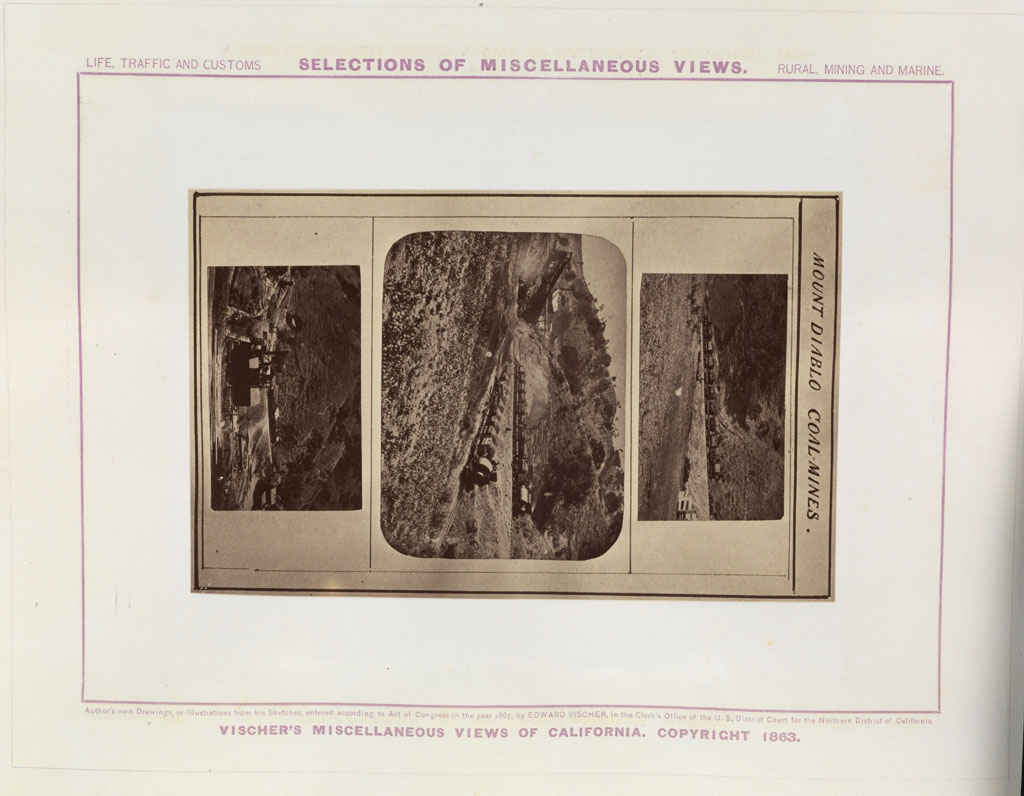
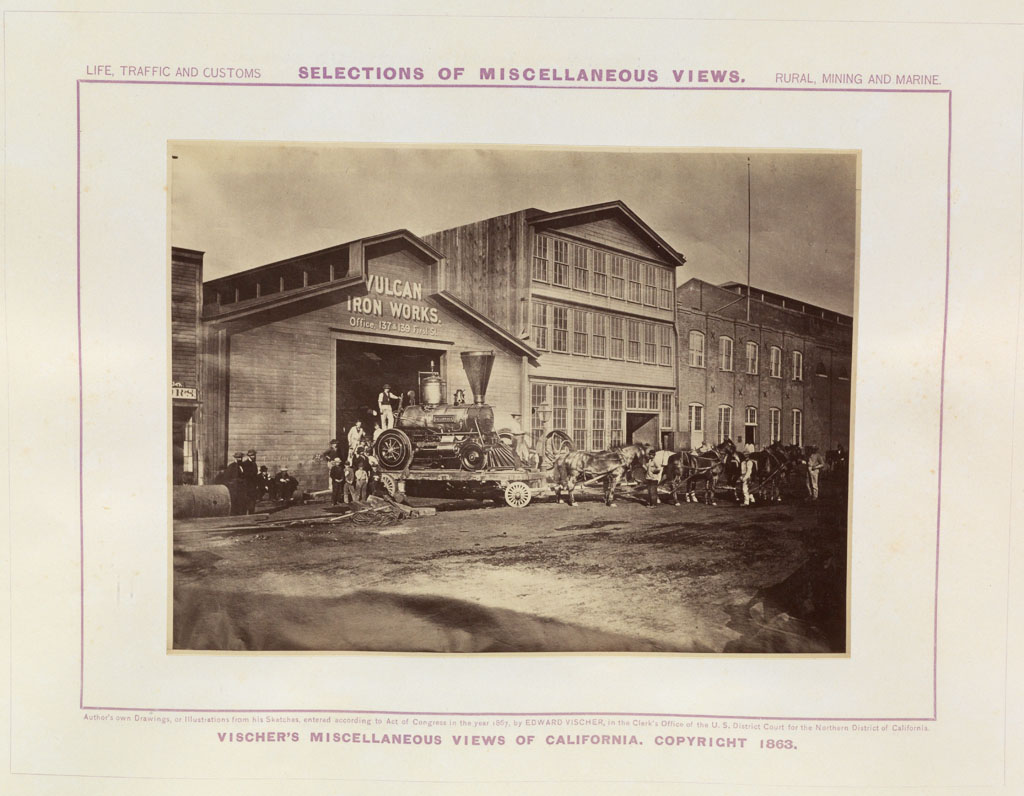
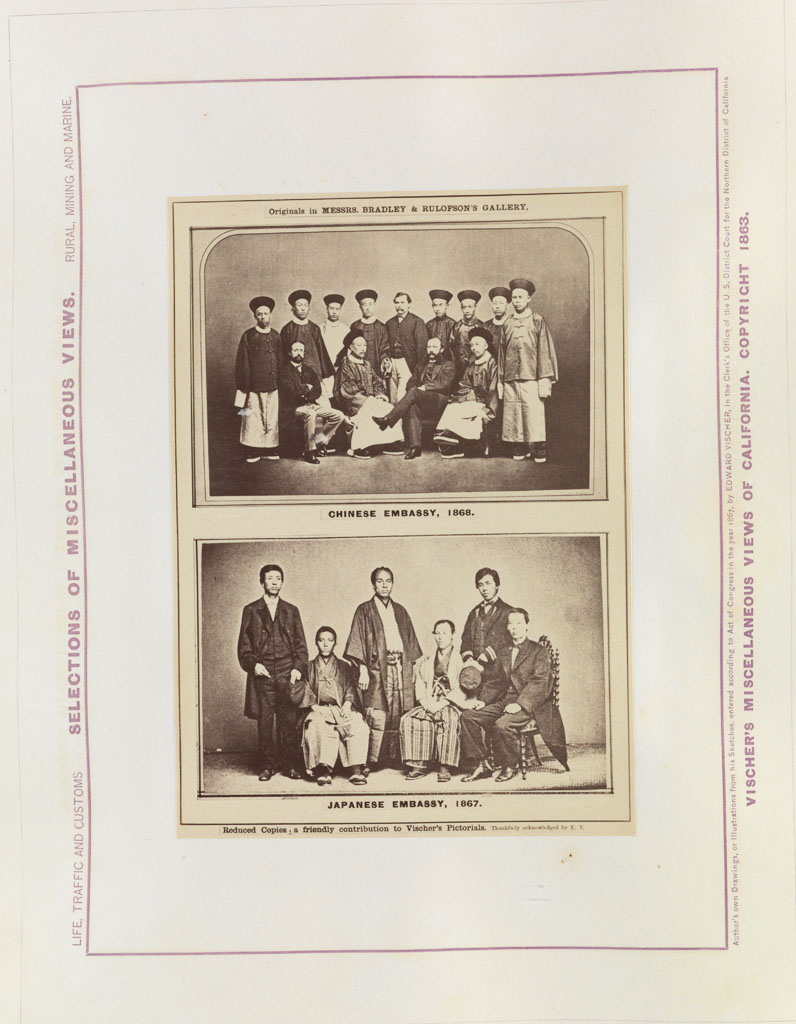
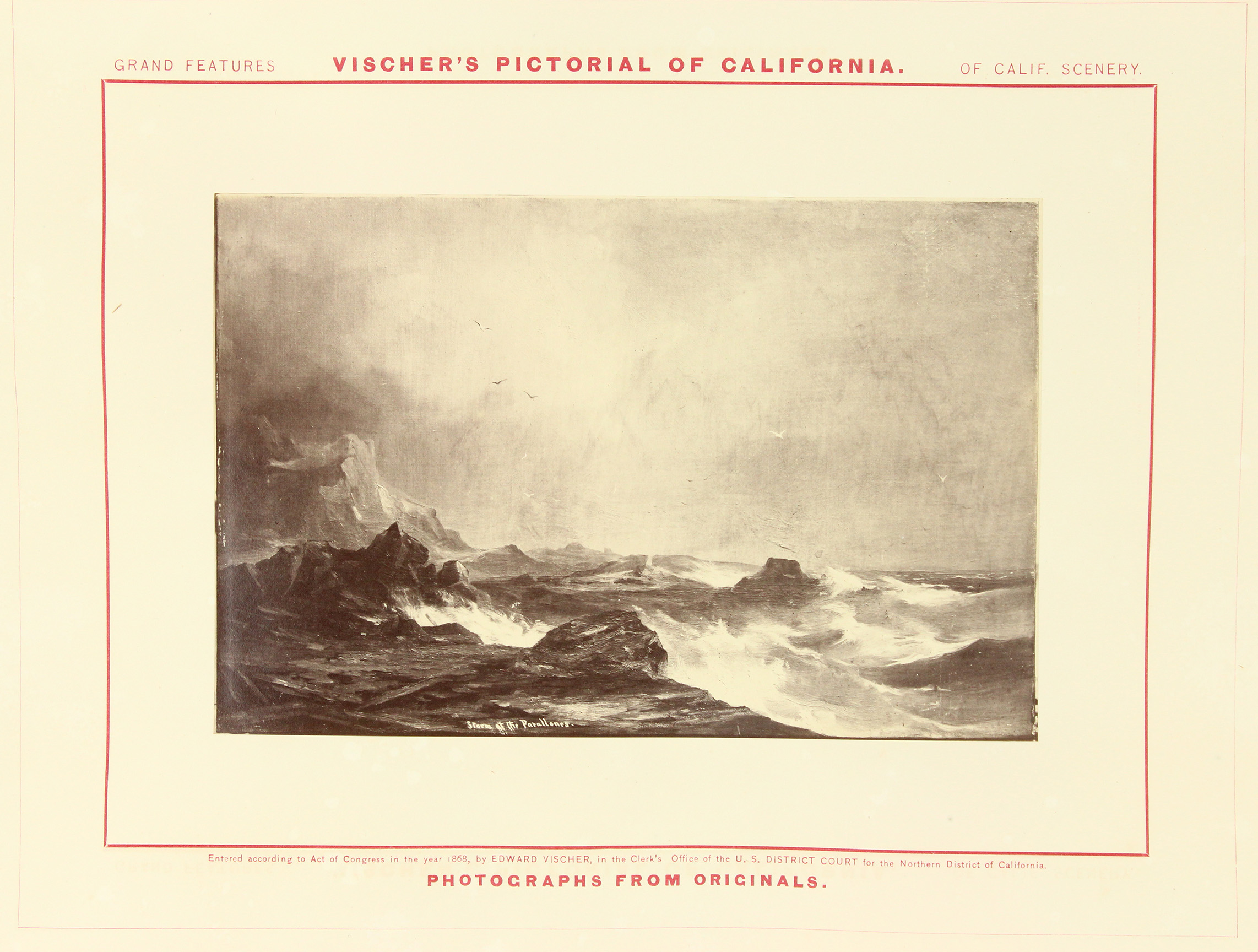
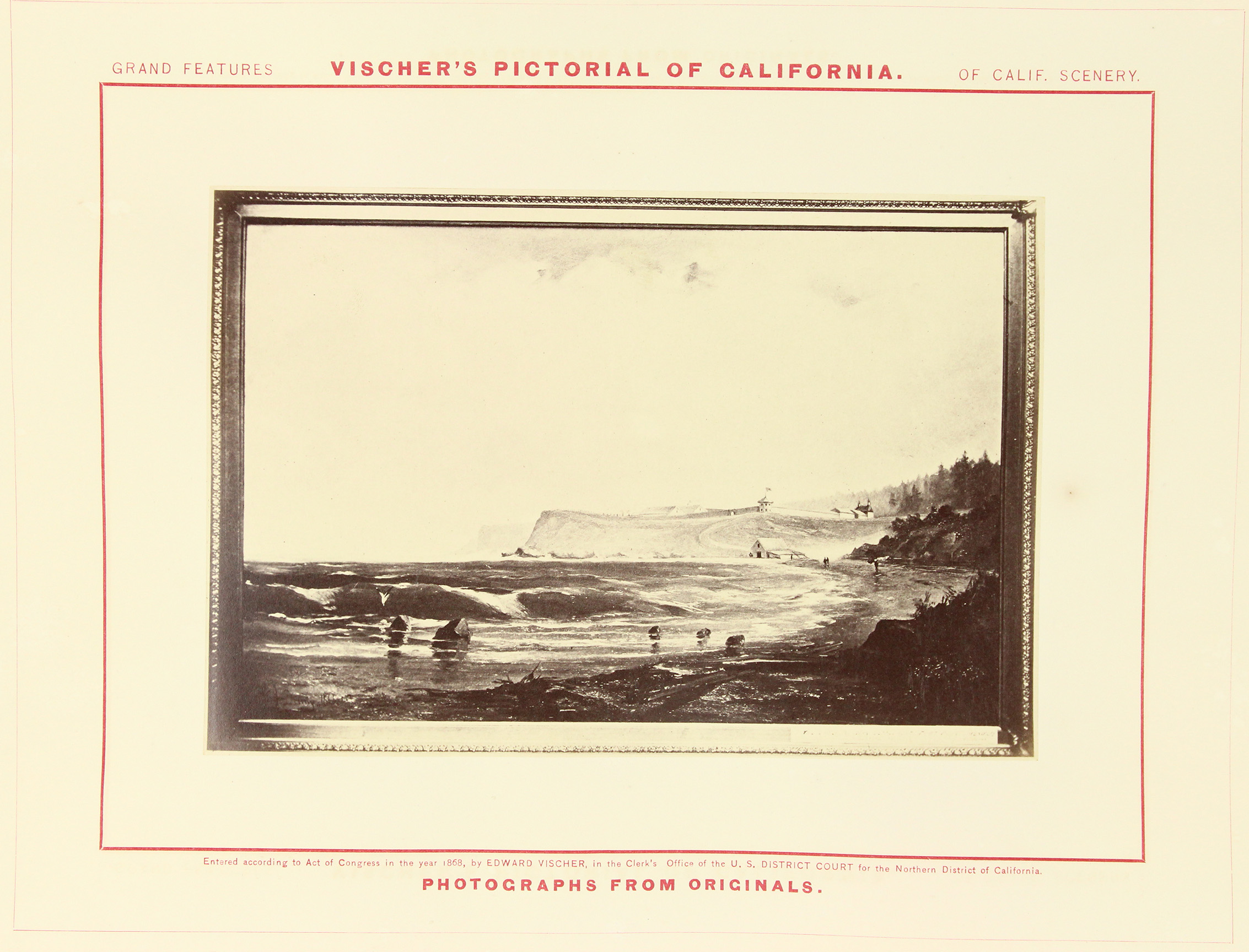
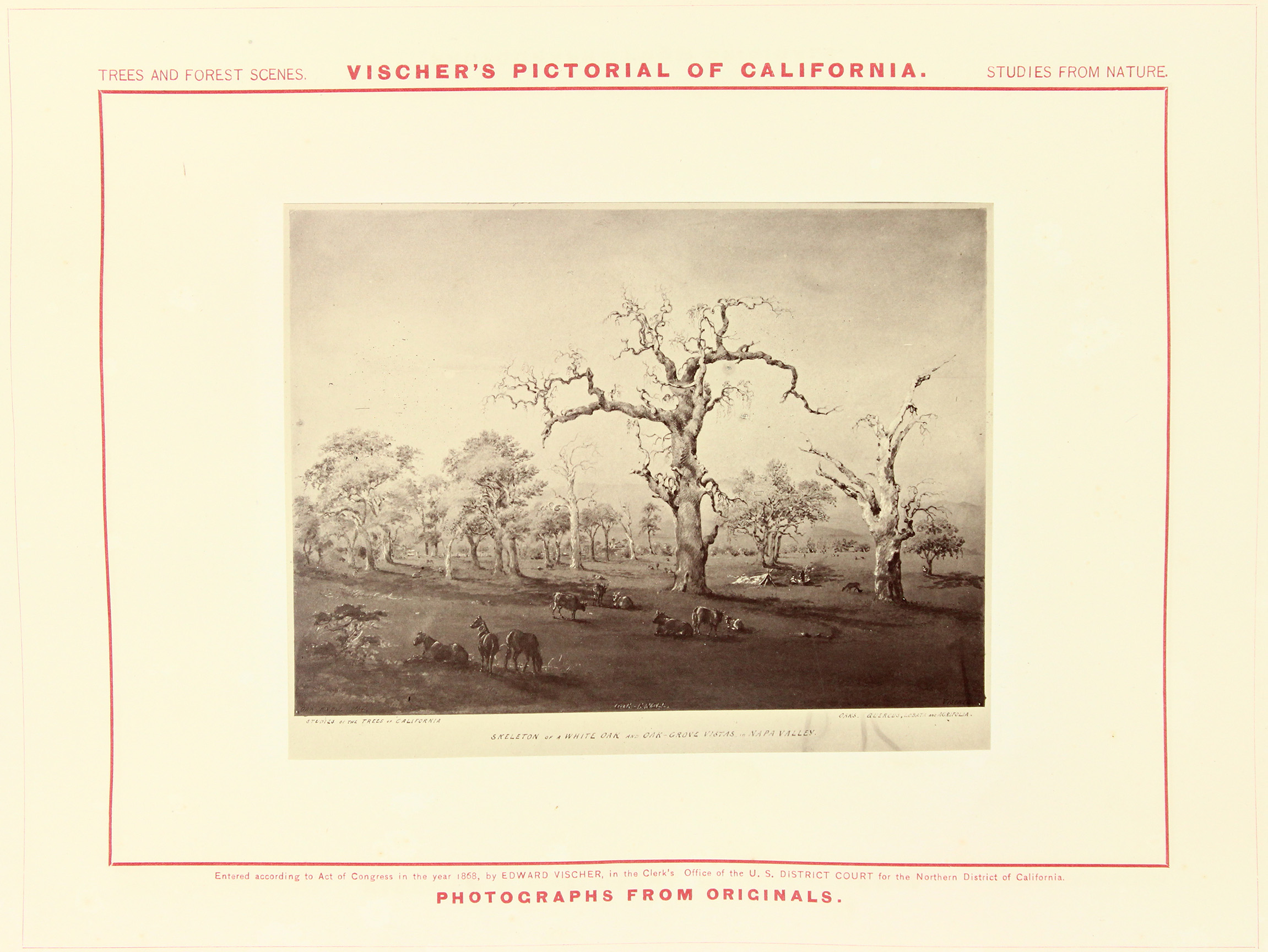
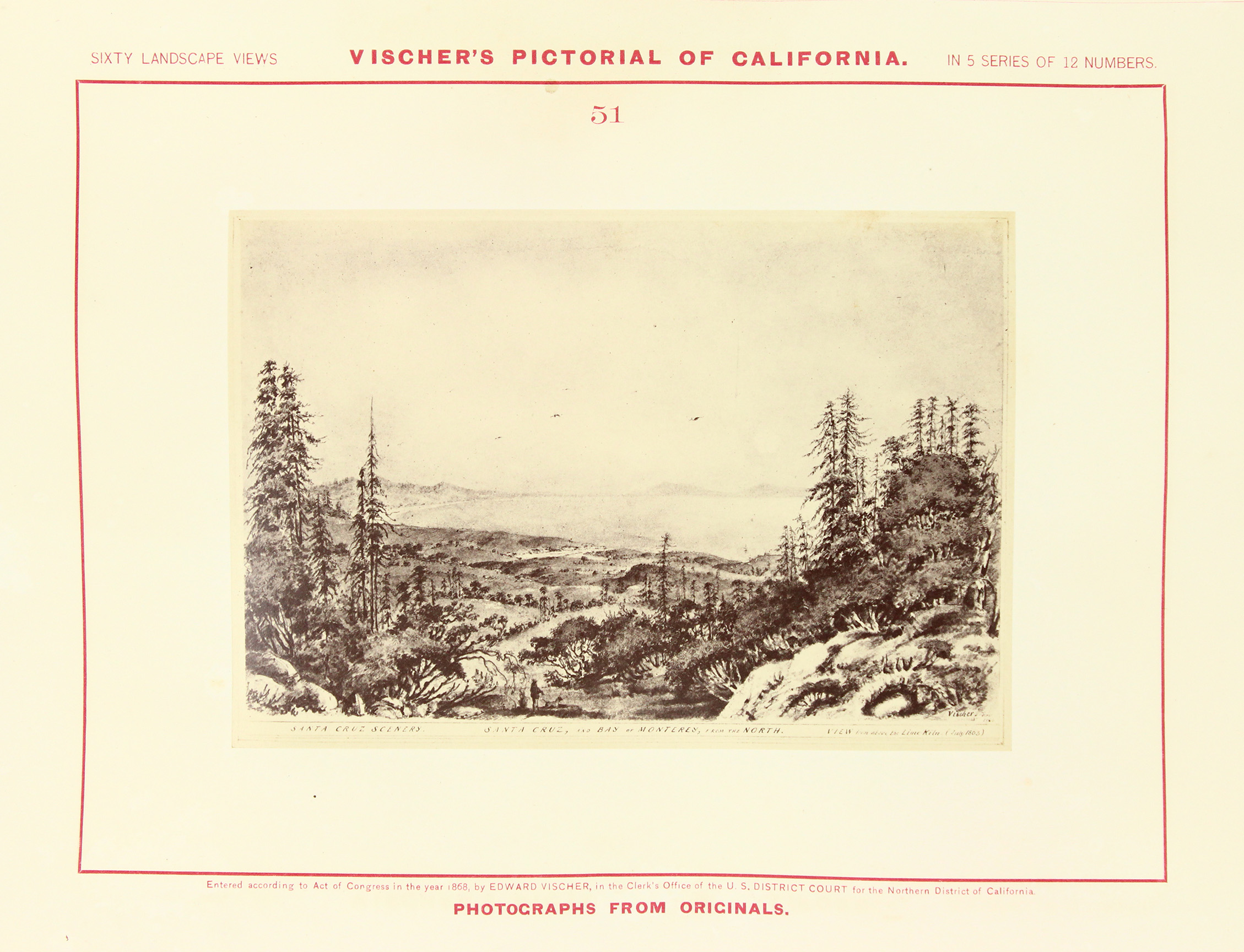
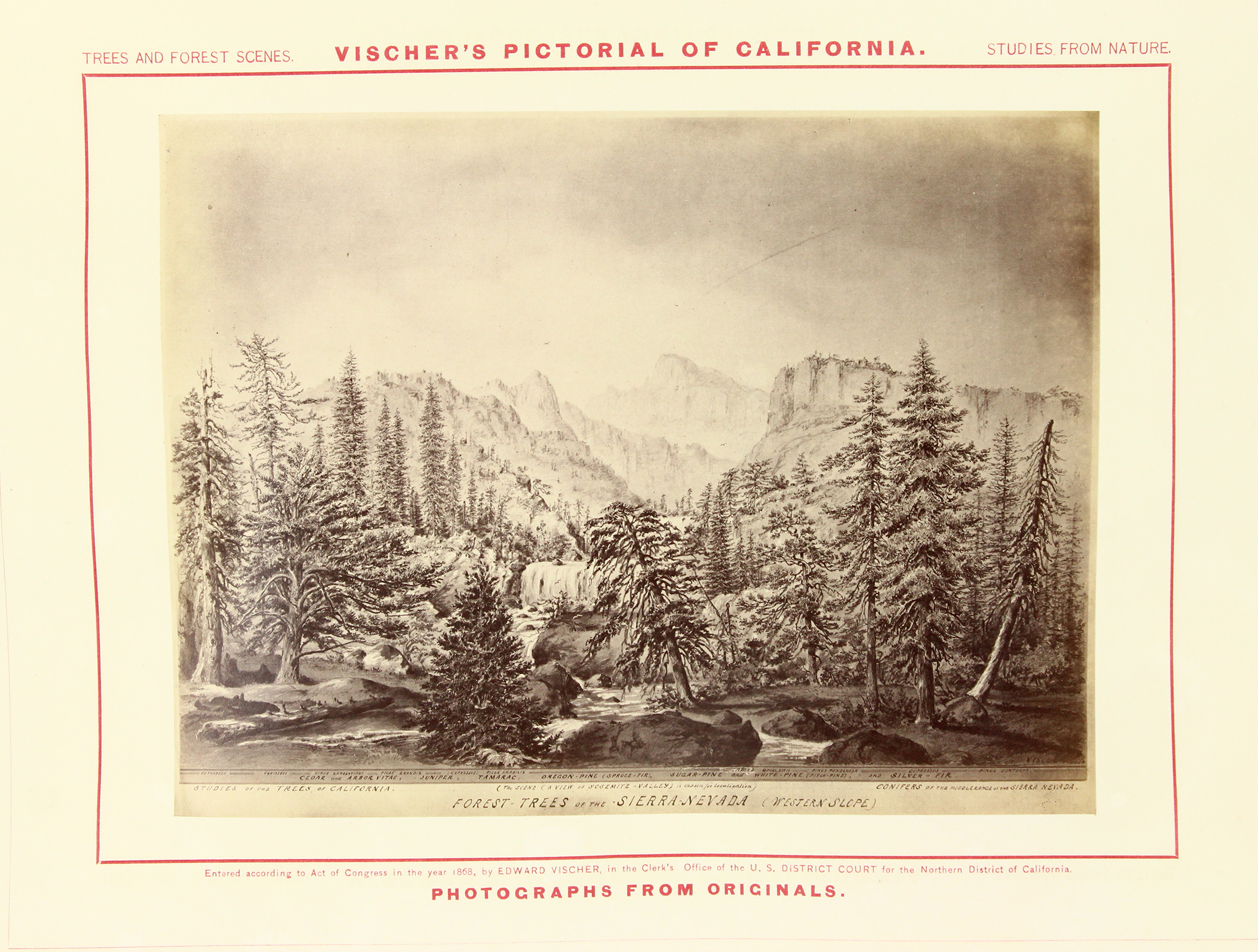
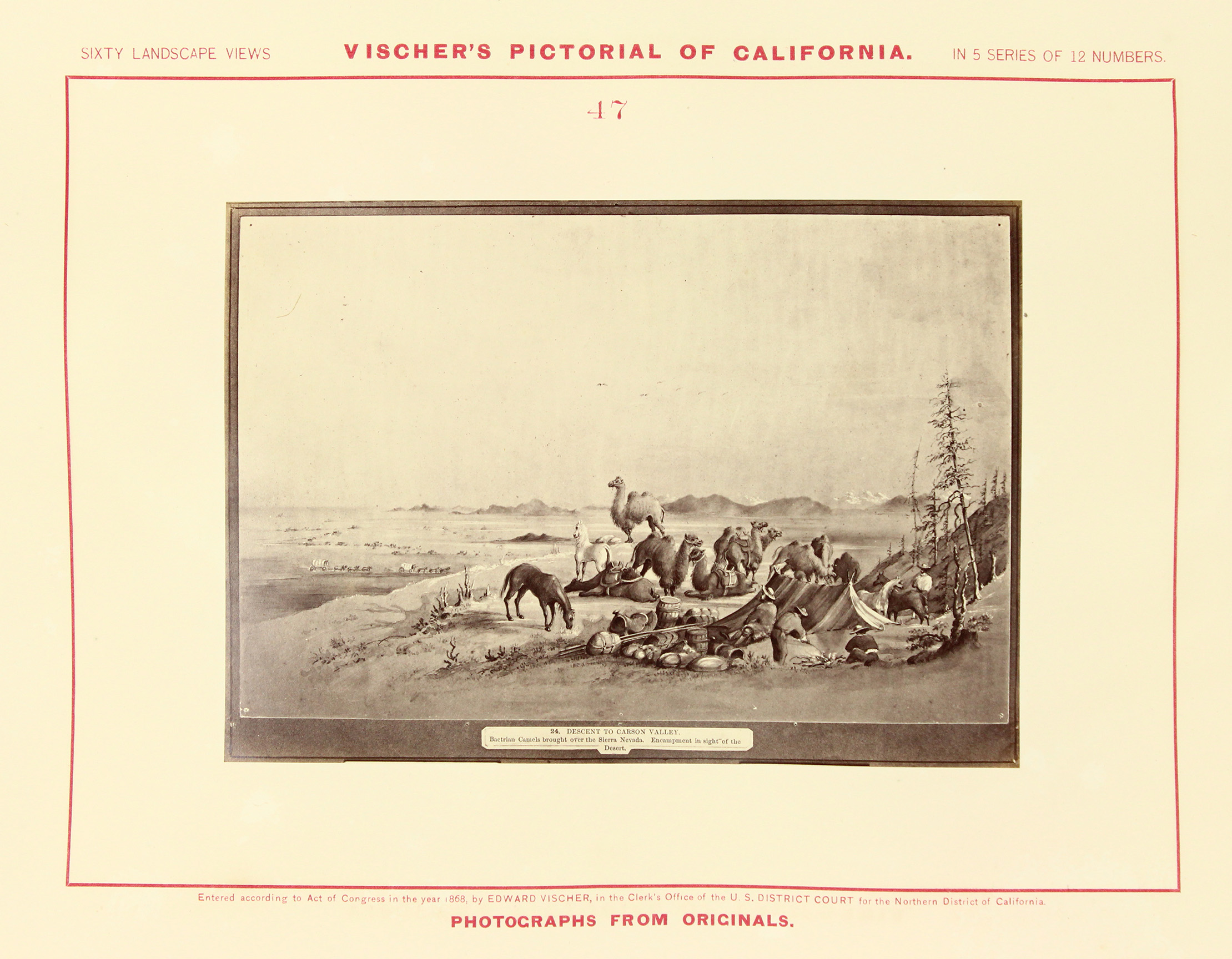
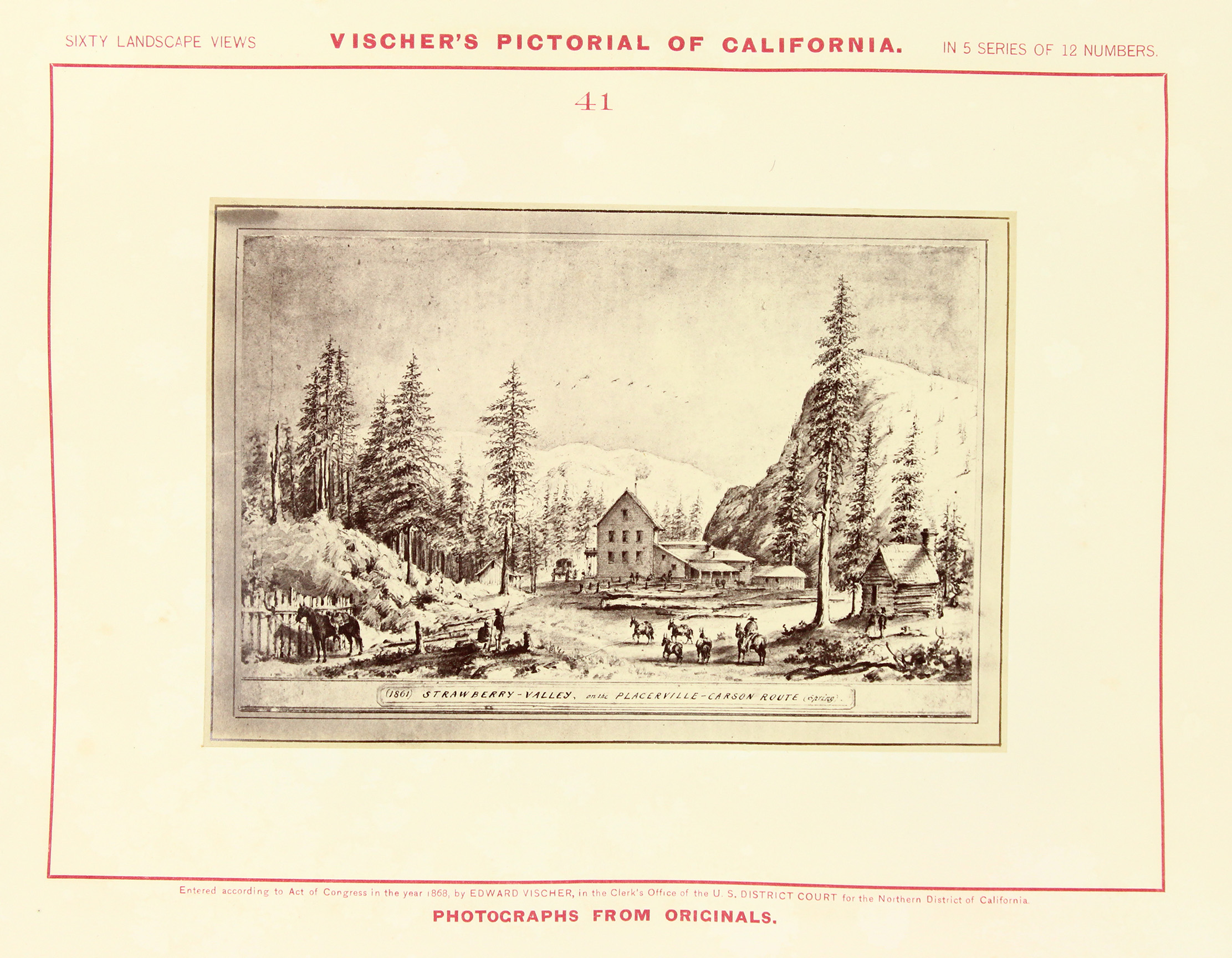
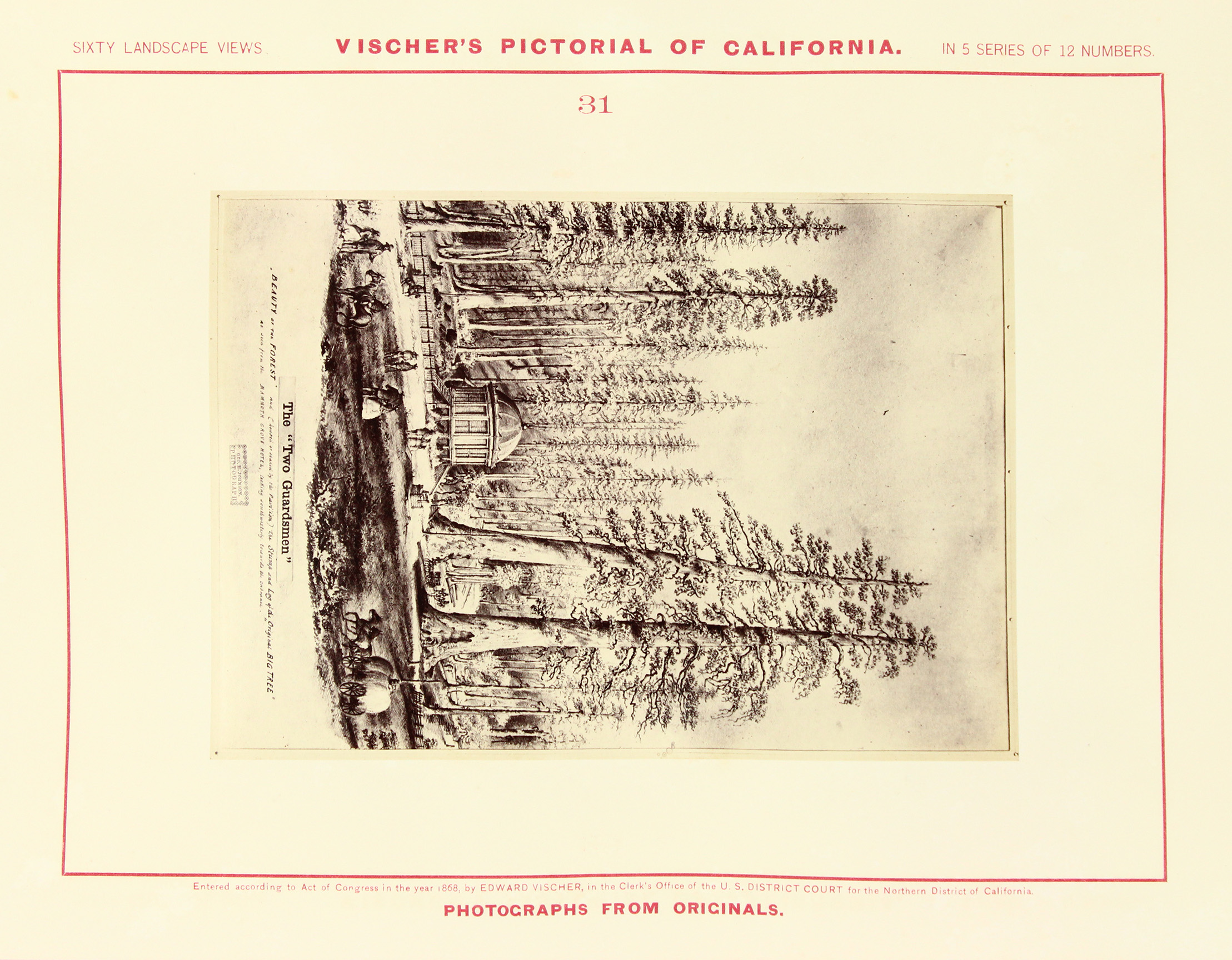

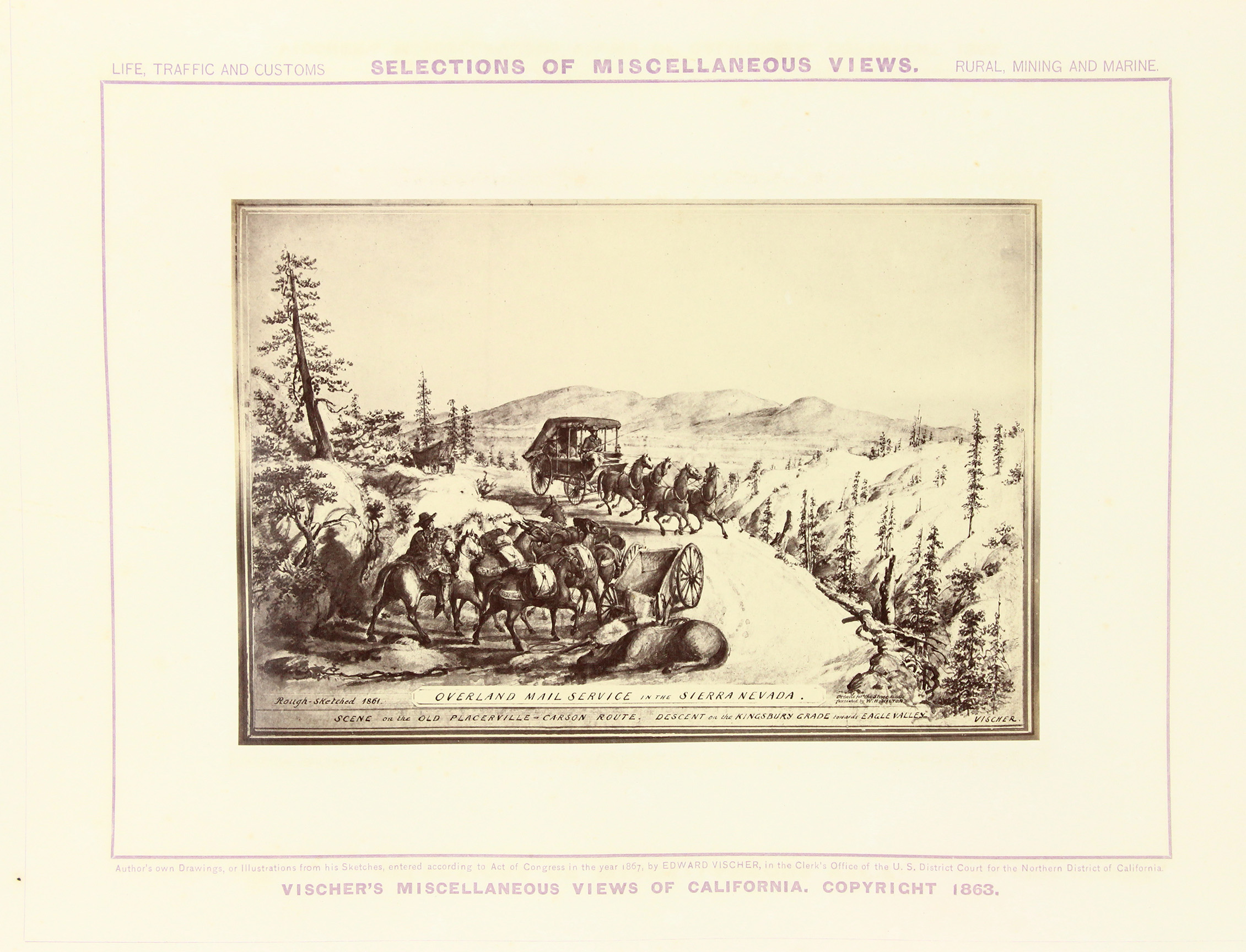
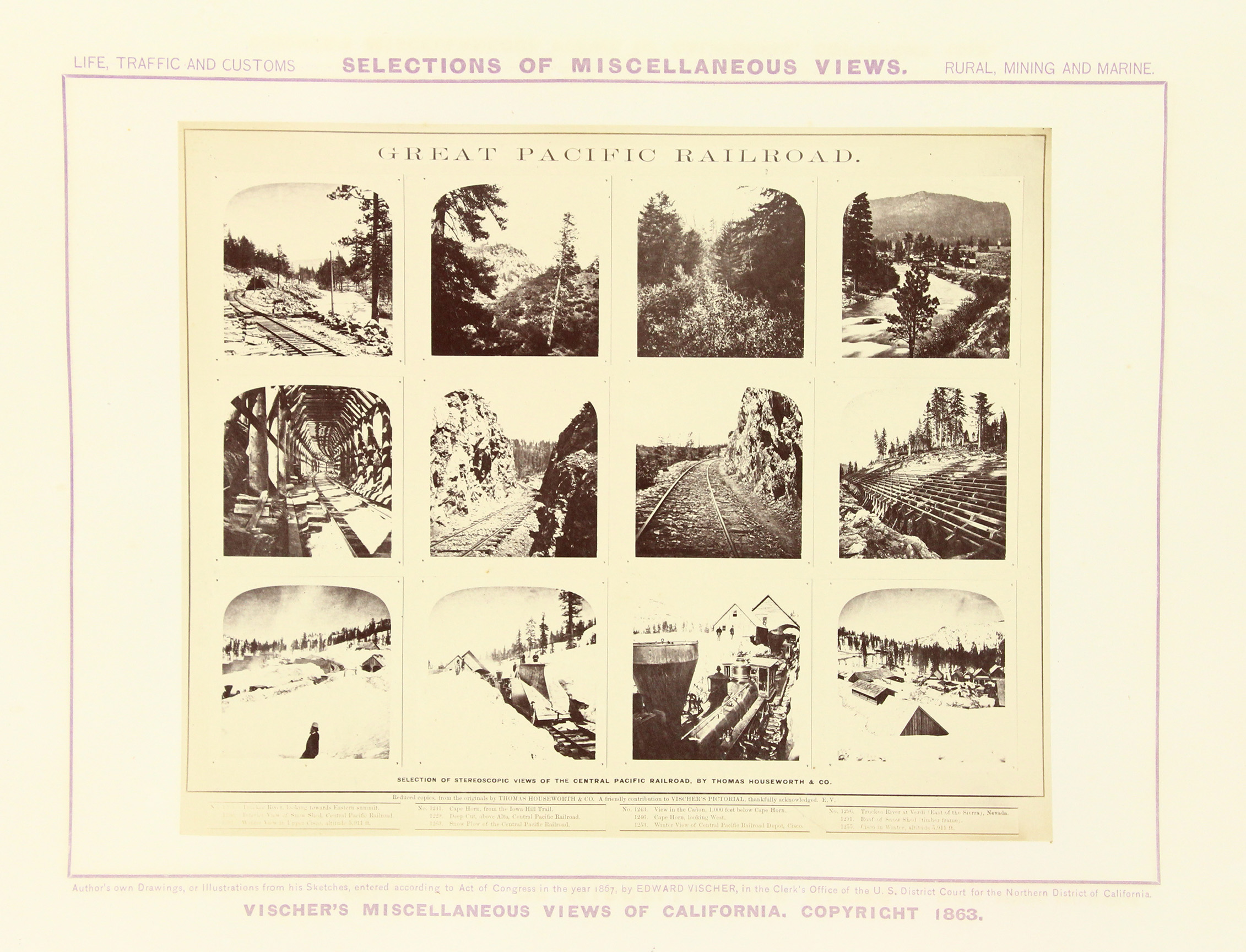
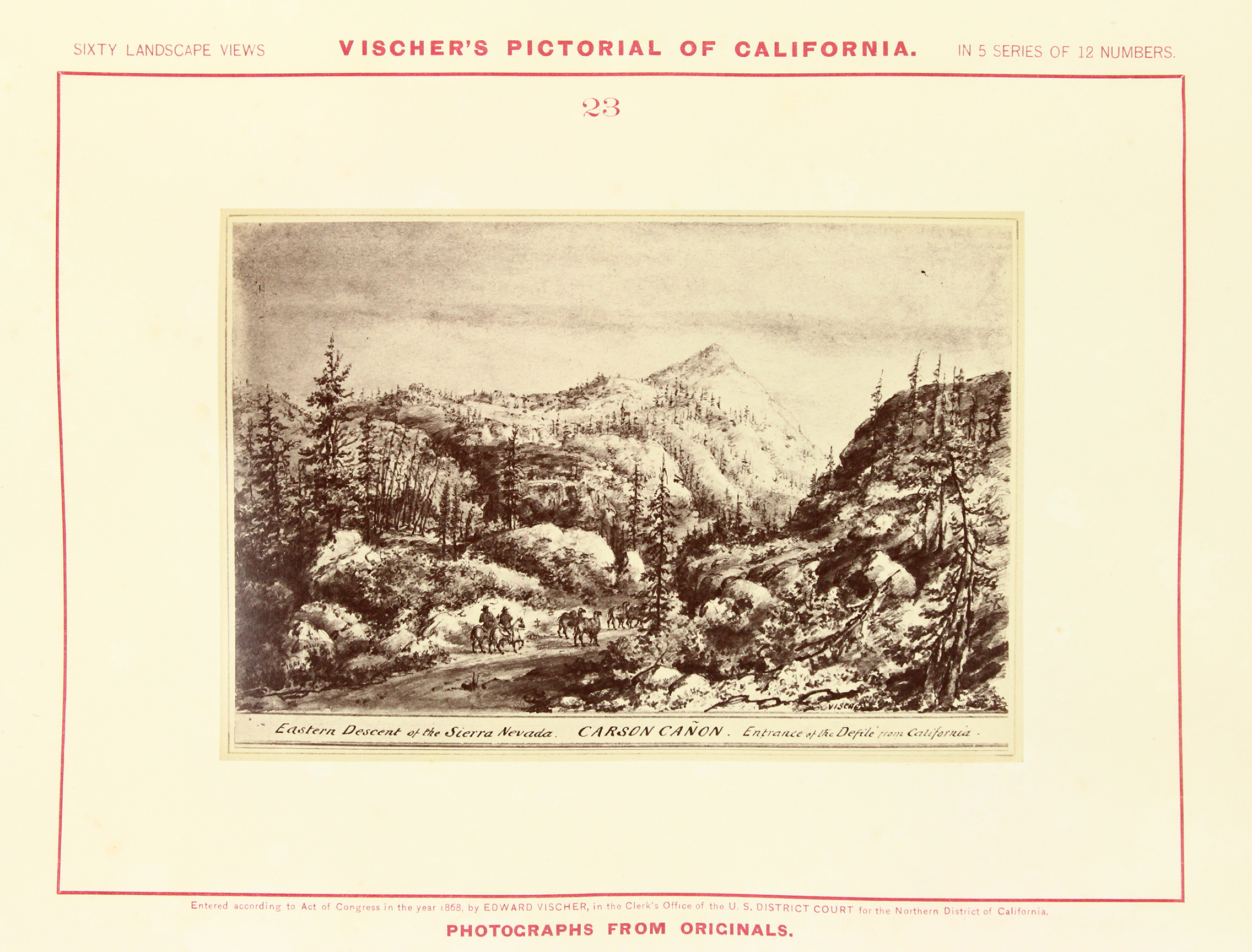
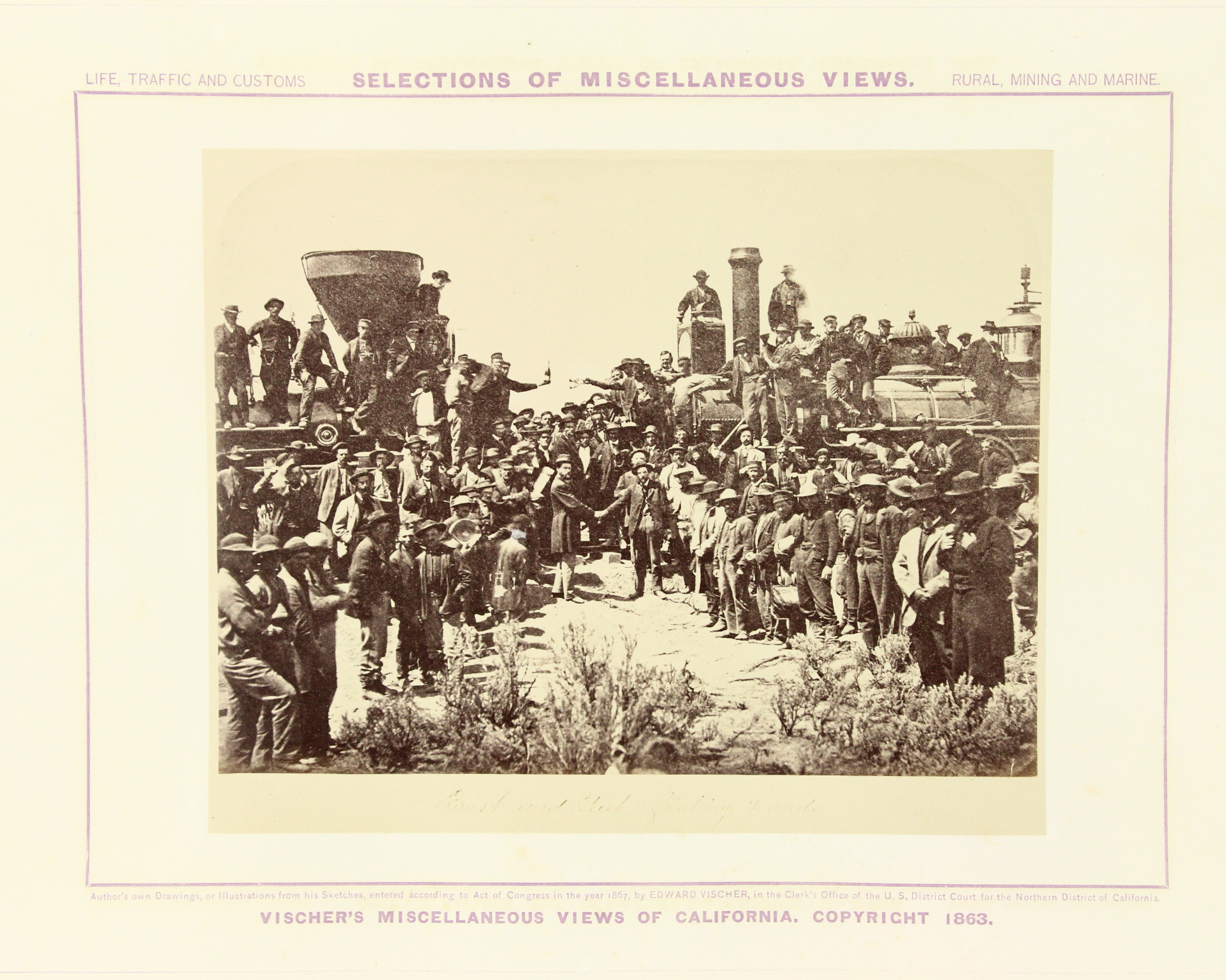
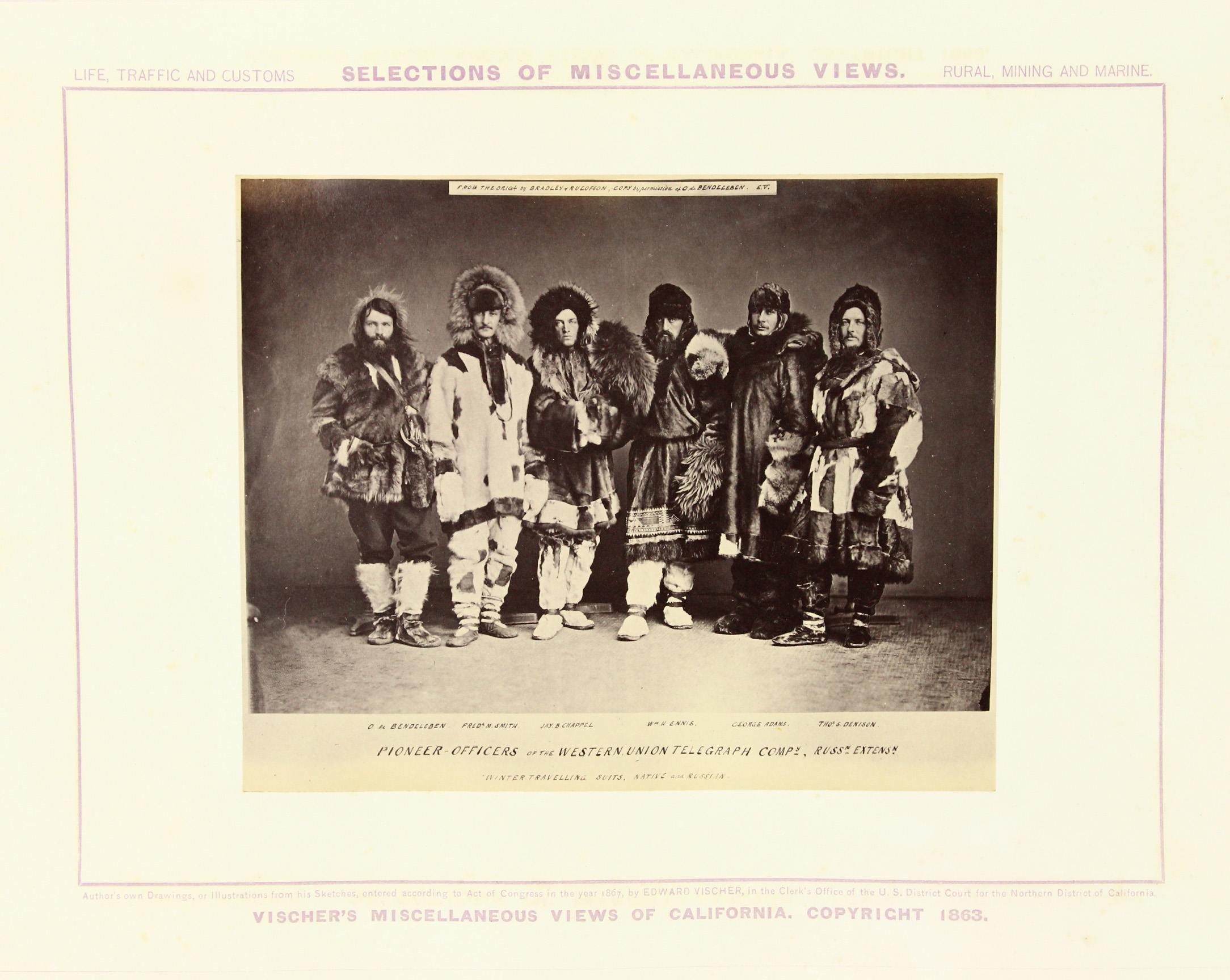
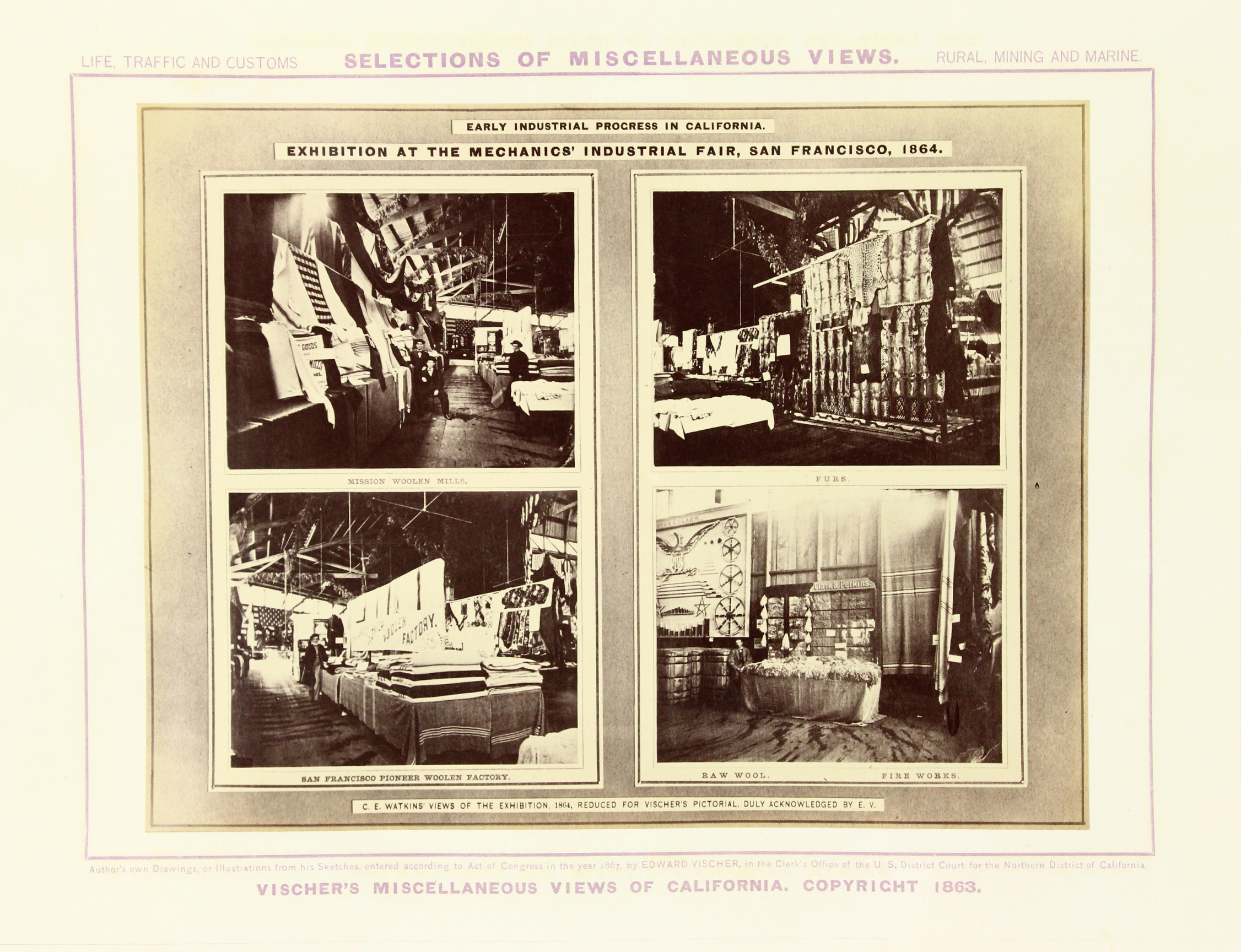
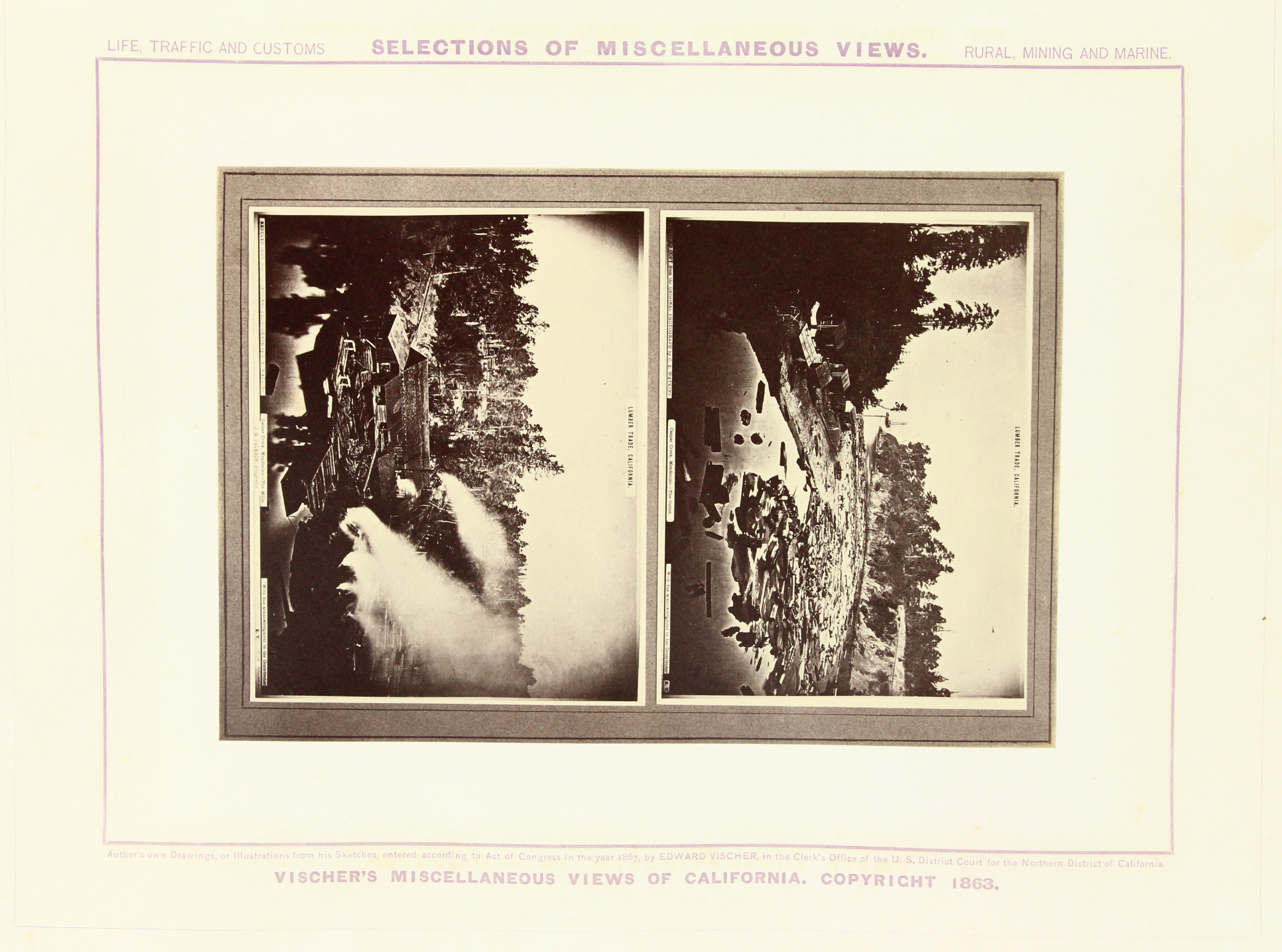
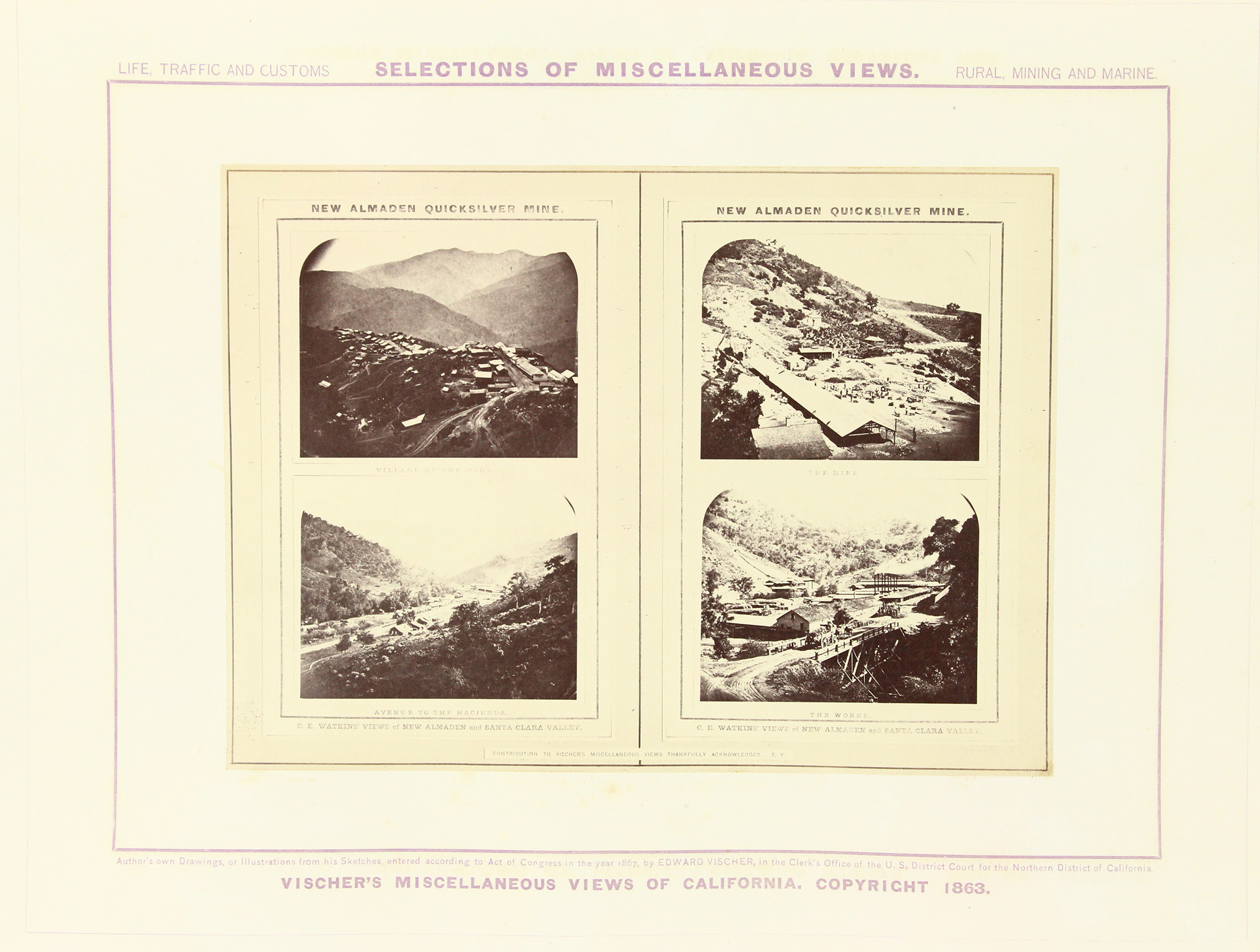
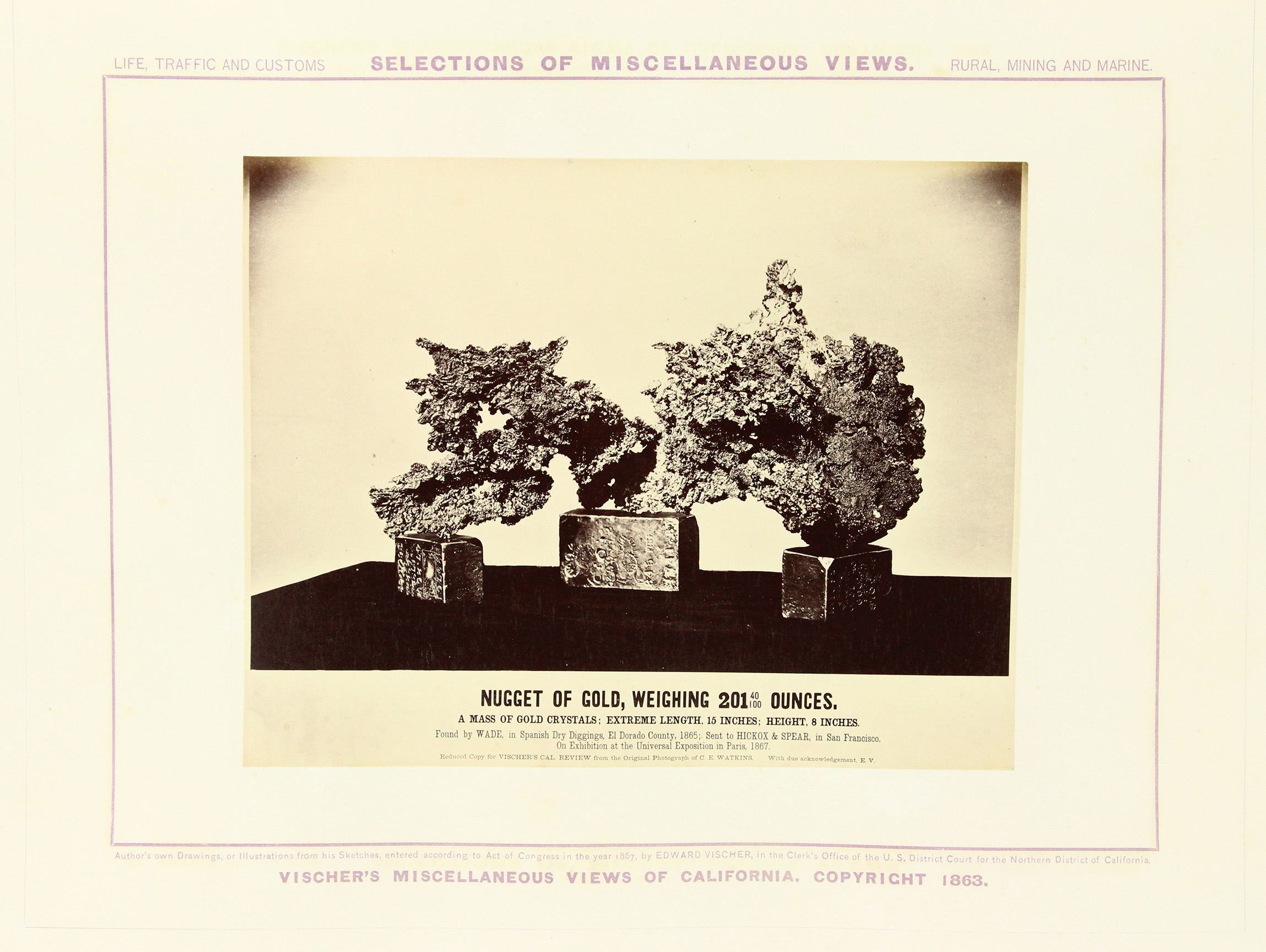
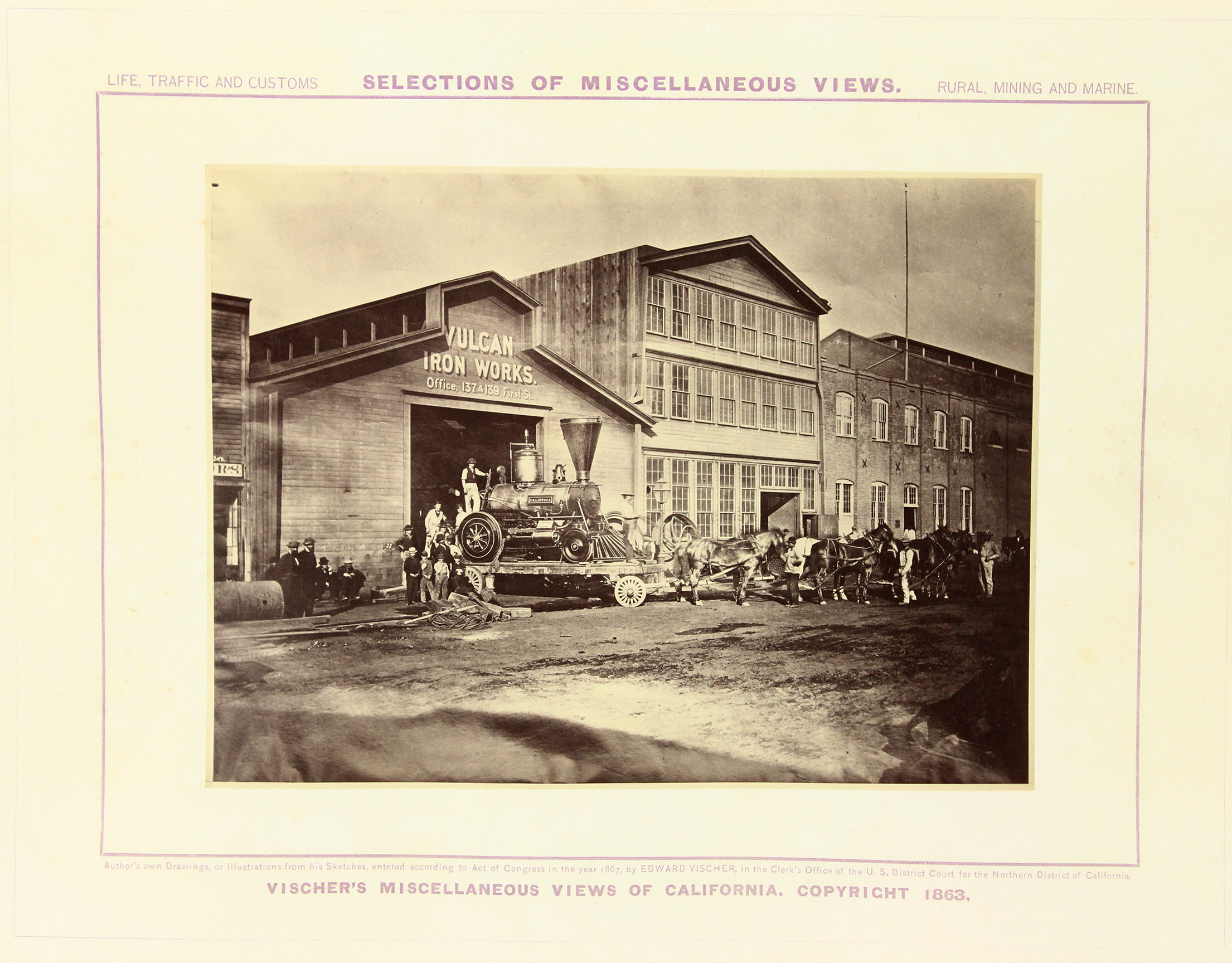


























Lot 44
EDWARD VISCHER.
Vischer's Pictorial of California.
With 170 photographs. Comprising 17 photographs after works by Russell, Watkins, Muybridge, and others; 149 of Vischer's and other artists' original artworks; and 4 topographic maps, all arranged by category. The categories include "Sixty Views of Landscapes in Five Series;" "Trees and Forest Scenes;" "Supplement. Grand Features and Characteristic Ranges of Californian Scenergy with Artists' Friendly Contributions;" and "Review of Claifornia's Progress, Compilation of Technical, Topographic and Pictorial Subjects, Mini, Agriculture and Industry, Traffic, Commerce and Shipping." Albumen prints, the images measuring 6½x4¼ inches (16.5x10.8 cm.), and the reverse, on red- or purple-ruled mounts with the captions and numbers. Folio, gilt-decorated morocco, with "California" and the name Ismael de Buenaga on the front cover; all edges gilt.
San Francisco: Joseph Winterburn & Company, 1870
[15,000/25,000]
WITH--Missions of Upper California. A Supplement to Vischer's Pictorial of California. By Edward Vischer. Tall 8vo, printed wrappers, light foxing. San Francisco: Winterburn & Co., 1872.
This rare title, with its beautiful binding and array of photographic images after works by Russell, Watkins, and Muybridge, was a deluxe presentation copy presented to a discerning client. The volume features a new visual iconography, one that details the special topographic, religious, and geographic features unique to the state of California and incorporated photographic images, drawings, maps, and engravings.
Vischer is best known for his pencil sketches of California landscapes throughout the 1860s and 1870s. He drew California missions, landscapes (trees, mountains, rivers), and rural scenes. Of special interest are his drawings of the Washoe mining region, horses and wagons, including the Pony Express, and even camels which were part of a short lived military experiment importing them to California.
Particularly unusual was Edward Vischer’s technique for reproducing his artwork. He began with the conventional method of lithography. However Vischer became frustrated with the lack of detail and print quality, the expenses involved, and, eventually, how frequently lithographic stones cracked in the middle of production. Subsequently, he began exploring the use of photography to reproduce his artwork. After briefly experimenting with the medium himself, Vischer soon employed George H. Johnson, a professional photographer, to photograph artworks for his publications. The albumen prints were featured in bound volumes that were primarily sold through subscriptions. Each title was issued with a different number of plates.





